– Simone Pianetti (1858 - ?)
Simone Pianetti (1858 - ?)
ongoing research project
in collaboration with Andrea Morbio
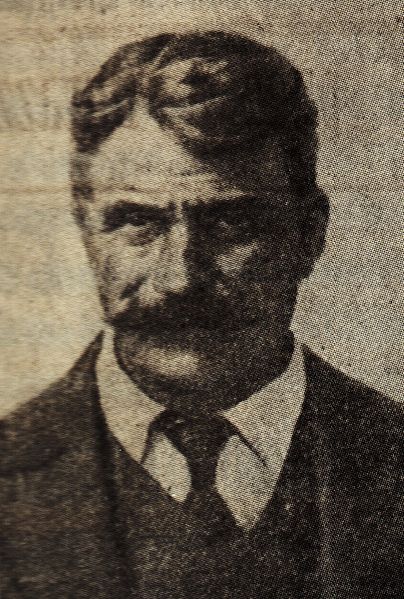
An ongoing research around the figure of Simone Pianetti, presented through puppet shows, lectures, publications, exhibitions, films and sound works.
Simone Pianetti (1858 - ?) was an Italian mass murderer.
On the single morning of 13 July 1914, he used his rifle to kill seven people who had ruined his life and his reputation in the village of Camerata Cornello, northern Italy. Among them were the town clerk, the parson and the doctor.
Soon after the massacre, Pianetti fled to the mountains. He was never arrested and his body was never found.
Following his escape, he became an anti-establishment political symbol, notably for anarchist circles in Italy and the United States. After more than a century, his figure remains controversial. Many inhabitants of his area still consider him a positive example of revolt against authorities.
Performance
The first installment of the project was the performance Un ligero equipaje para tan largo viaje, in collaboration with Nerea Elizalde, commissioned by the festival Dezplazamientos Temporales (Bilbao, December 2010).
The piece operated as a performative reportage about Pianetti.
A 12-year old girl shouted a looping series of sentences.
They were a montage of interviews excerpts with citizens of Camerata Cornello about the Pianetti massacre.
The interviews were collected during field research conducted in summer 2010.
In the performed text, every reference to names, dates and locations was omitted.
* * *

Puppet Show
Shortly after the massacre in 1914, local puppeteers started to perform adaptations of Pianetti’s story, which were transmitted and performed until the 1990s.
Giacomo Onofrio represents the third generation of a puppeteer family from the North-West of Italy. The puppet tragedy Il vendicatore (“The Avenger”) was written by his grandfather right after the news about Pianetti’s massacre had spread. The play has not been regularly performed since the 1960s due to the lack of an adult audience; Onofrio rarely performs puppet shows for adults.
The second installment of the project was the re-enactment of Onofrio’s ancient puppet show about Simone Pianetti, precisely in the town square where he executed his massacre.
The puppet show Il vendicatore was performed by Onofrio in Camerata Cornello in September 2012, ninety-eight years after Pianetti’s massacre.
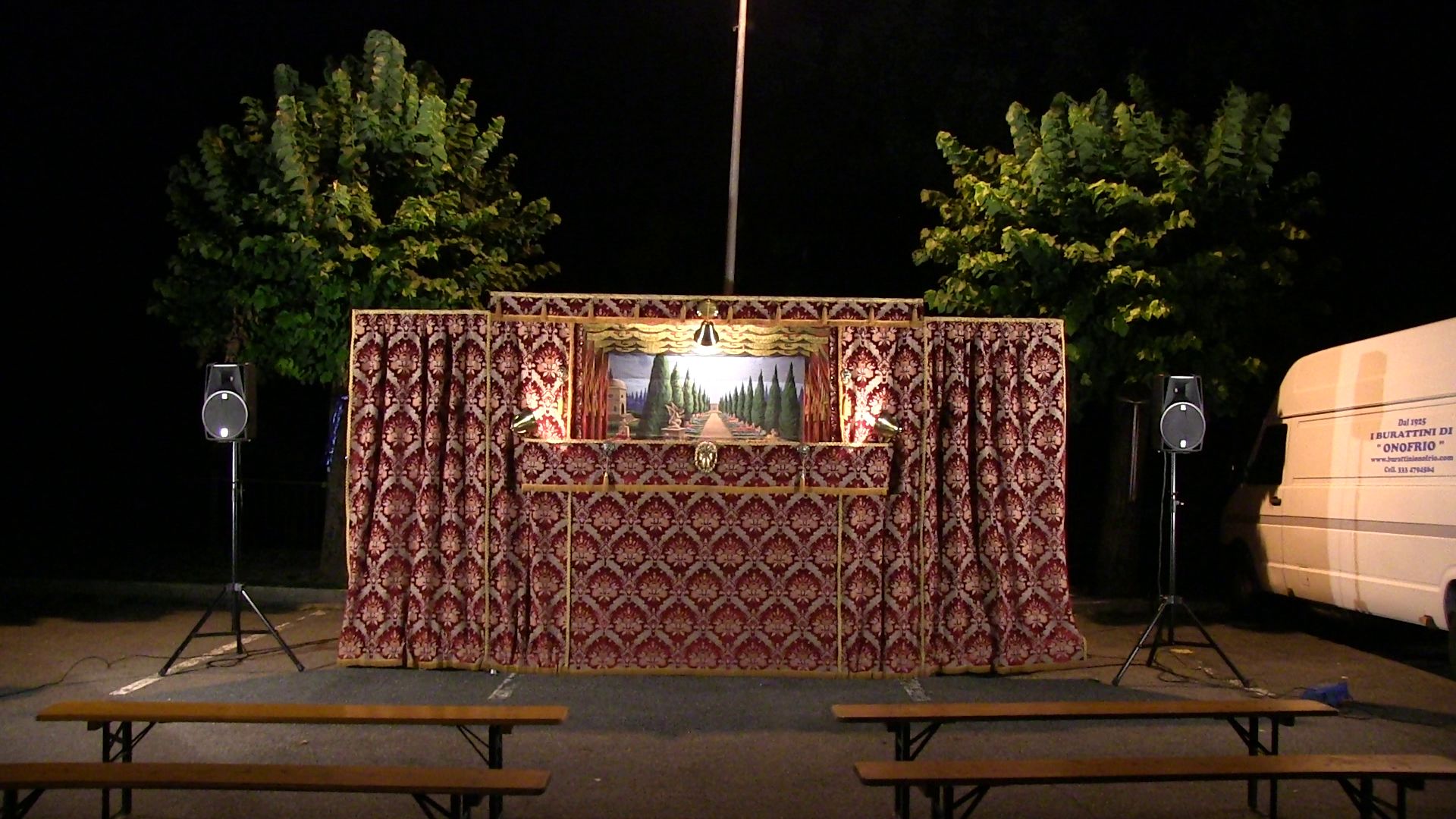
After the re-enactment in Camerata Cornello, Il Vendicatore was performed again in Viafarini (Milano), Palazzo delle esposizioni (Roma) and Centrale Fies (Dro).
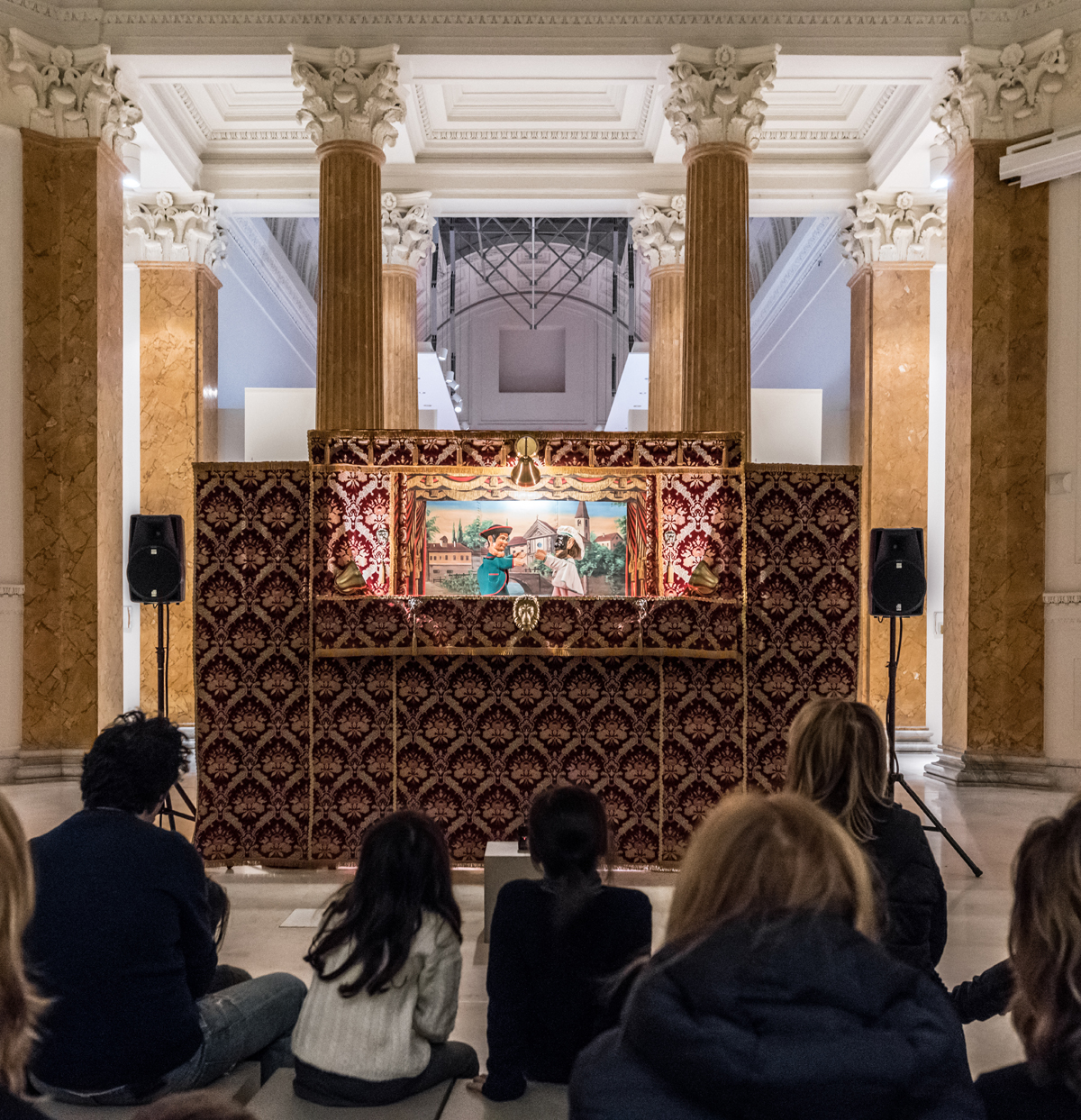
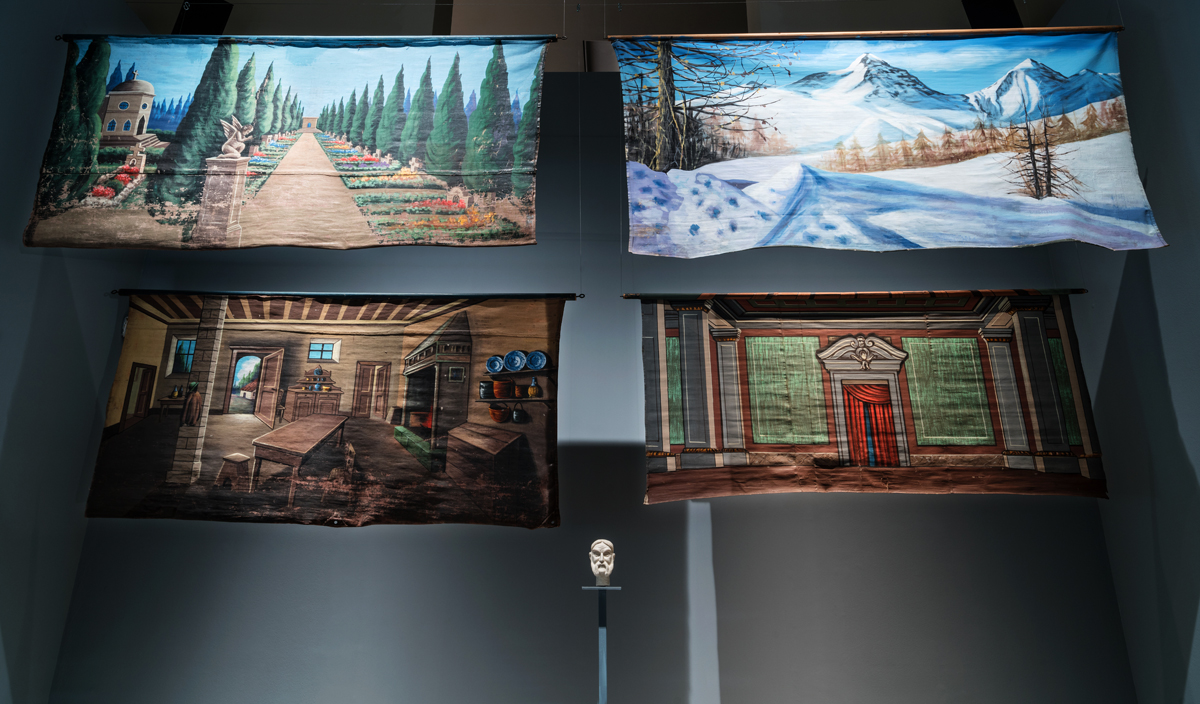
Installation view, Quadriennale d'arte,
Palazzo delle Esposizioni, Roma, Italy, 2017
* * *
Book
At the end of their performance, those wandering artists we call cantastorie (singer-songwriters from Northern Italy, between 1850 and 1950) would sell printed flimsy flyers containing the lyrics of the song they had just performed (in Italian, they are referred to as fogli volanti). As well as words, there were often one or more illustrations, which summed up the main theme of the song: they were either vignettes printed on the top of the flyer or single pictures placed to the side of the lyrics.
The third installment of the Pianetti project is a series of fogli volanti inspired by Simone Pianetti. At the center of each flyer is a love song, Monti e Mari (“mountains and oceans”), around which quotations and images are arranged.
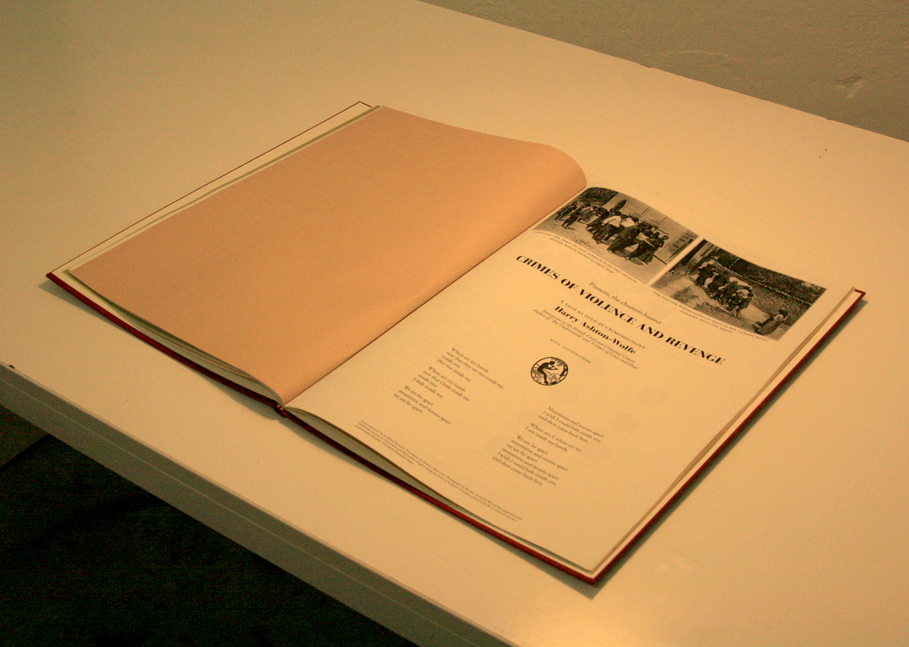
Installation view, Viafarini, Milano
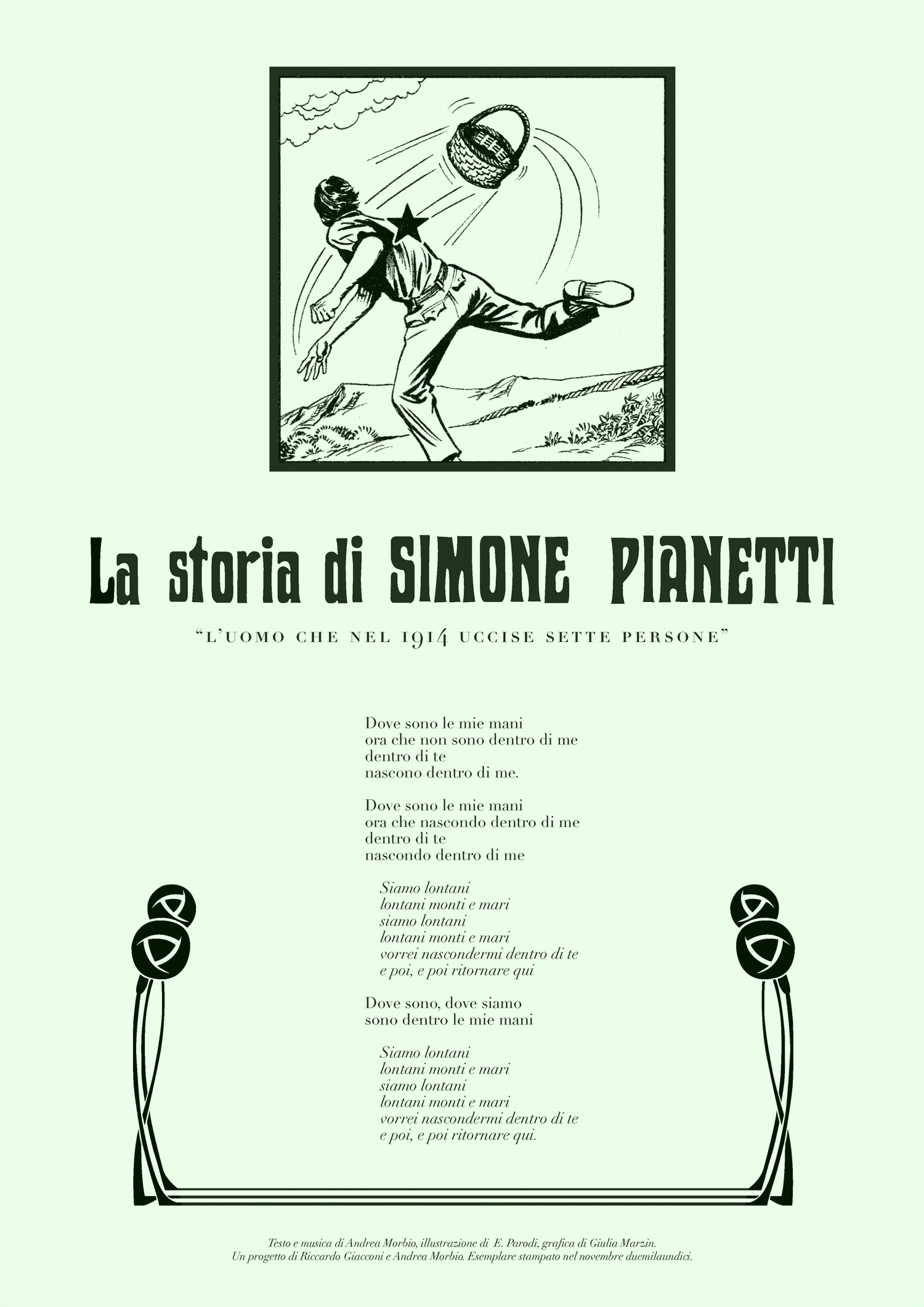
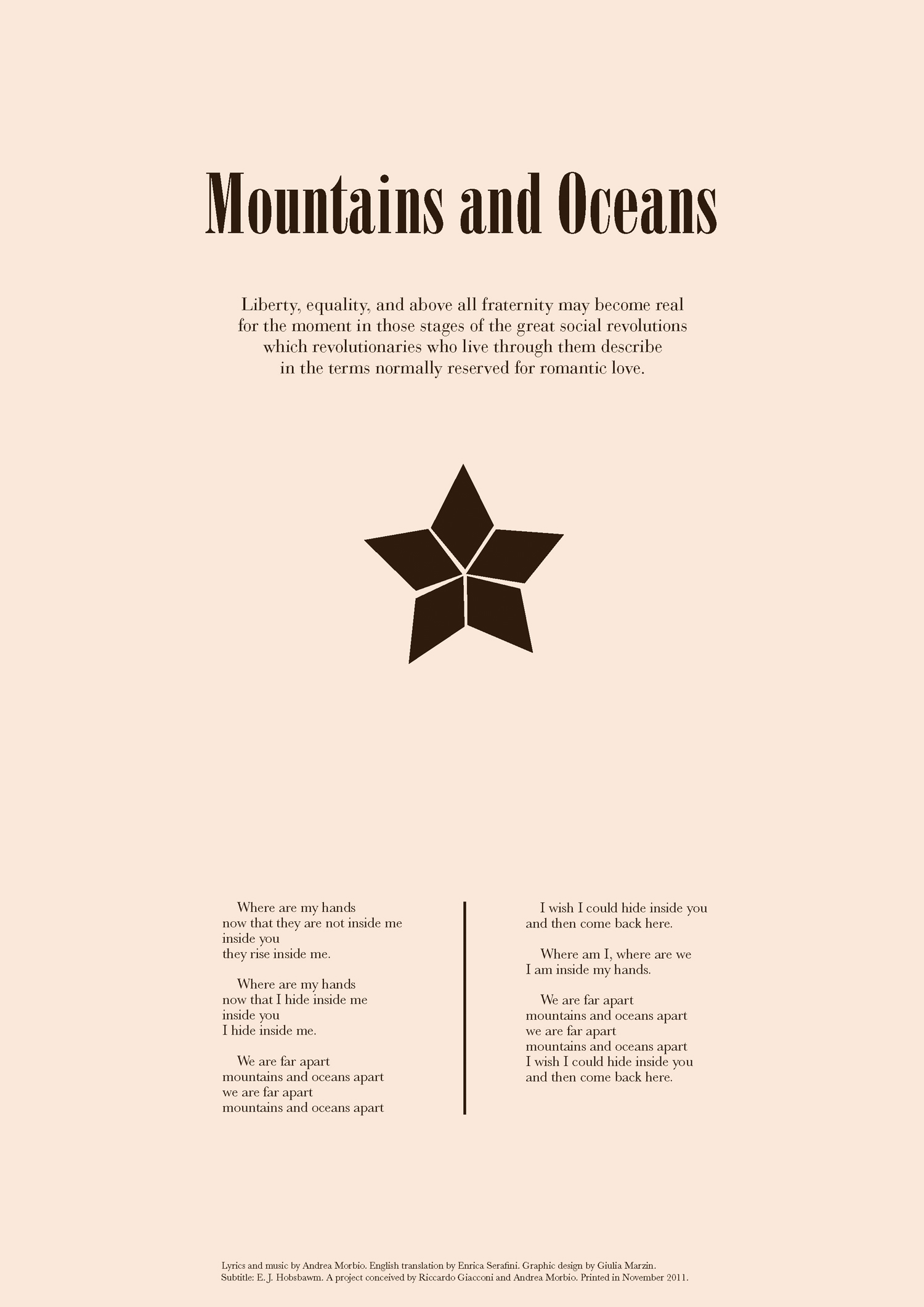
The book was designed in collaboration with Giulia Marzin as the result of a study of fonts, illustrations and topics found in flyers and pamphlets printed in Italy at the beginning of the 20th century.
Monti e Mari book (English)
* * *
Criminology and fiction
American writer Harry Ashton-Wolfe, in a book published in Boston in 1929, focused on a heterogeneous series of revenge stories, among which the massacre by Simone Pianetti.
The author deals with a number of outlaws he had personally been in touch with.
The chapter entitled Pianetti, the Chamois Hunter is an account that allows to discover an otherwise unknown part of the life of the avenger from Bergamo.
The Chamois Hunter is a story where real elements fit together almost perfectly with masterfully engineered fiction. Ashton-Wolfe is a writer but also a criminologist, who made of his ‘scientific’ career the emblem of his artistic inspiration (he is thought to have had a friendship with Sherlock Holmes’ creator Arthur Conan Doyle).
While reading his account, it is not easy to perceive the dividing line between real events and literary invention.
* * *
Essay
An essay regarding the latent, marginal and unofficial modalities of transmission of Pianetti’s story, was first published in 2011 on the Volume 2 of “Cahiers du post-diplôme”, a publication edited at the initiative of the postgraduate platform “Document and Contemporary Art“ of the European School of Visual Arts (EESI).
Another version of the essay was included in "Images Revues HS 6", edited by Thomas Golsenne et Chloé Maillet in 2018.
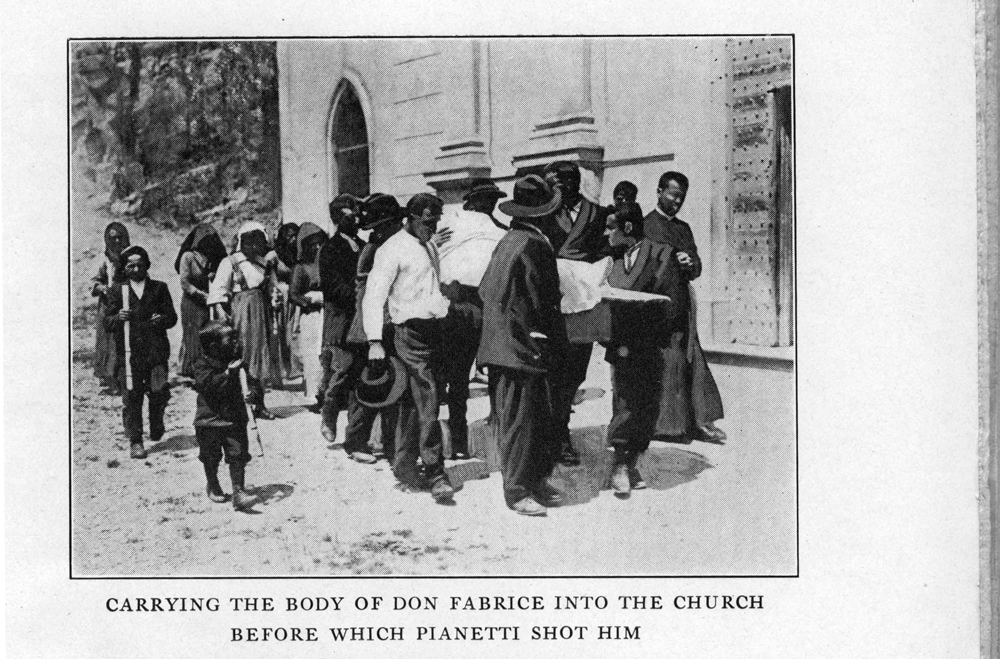
Project exhibited at: Tre Soldi, RAI Radio 3, Italy (2019), USVA Theater and Minerva Art Academy, Groningen, The Netherlands (2018); FRAC Champagne-Ardenne, Reims, France; Centrale Fies, Dro, Italy (2017); Quadriennale d'Arte, Palazzo delle esposizioni, Roma, Italy (2016-2017); TOKONOMA, Kassel, Germany; Institut national d'histoire de l'art, Paris, France (2016); KABK, Den Haag, the Netherlands (2015); tranzitdisplay, Prague (2014); MACRO - Museo d’arte contemporanea di Roma, Italy (2013); VIR - Viafarini-in-residence, Milano (2011); La Alhondiga, Bilbao (2010).